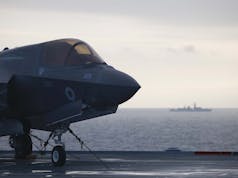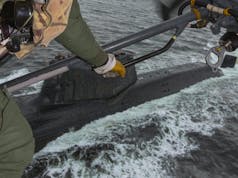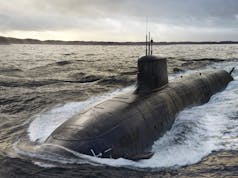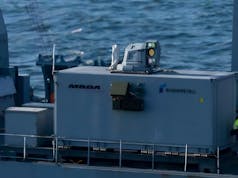Royal Marines and Fleet Air Arm crews have carried out pre-deployment training on Salisbury Plain ahead of large-scale NATO exercises in Norway this winter.
Dubbed Orion Spear, the exercise tested the ability of the Commando Helicopter Force to rapidly deploy in crises, combining aerial firepower with ground support. Wildcats and Merlins from RNAS Yeovilton flew missions alongside intelligence-gathering drones, while makeshift headquarters and forward arming and refuelling points were established in the field.
The abandoned village of Imber, long used for military training since its evacuation in 1943, served as the hub for operations. The first phase focused on setting up headquarters to coordinate aviation missions. The second tested the hardware: Wildcats from 847 Naval Air Squadron conducted combat and reconnaissance tasks, while Commando Merlins lifted troops, kit and supplies.
Integral to the drills were small Royal Marine teams who established forward bases under the protection of Aviation Combat Service Support Squadron forces in armed Jackal vehicles. These mobile teams used drones to 3D map terrain and identify targets before supporting sorties and raids.
The training involved scenarios ranging from strikes on high-value targets to civilian evacuations and humanitarian aid delivery. It also demonstrated the coordination required between helicopters, forward bases, and ground forces to sustain operations in hostile or remote areas.
Task Force 2, provided by the Commando Helicopter Force as part of Joint Aviation Command, will deploy in the coming NATO exercises. It brings together helicopters from the Navy, Army and RAF to provide the aerial support and firepower needed for amphibious operations and inland advances.














When they were alive, my parents lived not far from Imber. My brother tells a story of how he went for a walk and unwittingly (he claims!) got too close to Imber. A helicopter spotted him and buzzed low around over his head until he got the message and turned back.
Well there are live fire ranges around the village itself, so probably a good idea, though I knew people who have driven in to visit the place overnight.
I believe one can still visit officially once a year by bus, when there is a service at the Church.
As an ex commando air crewman I remember all this preparation work